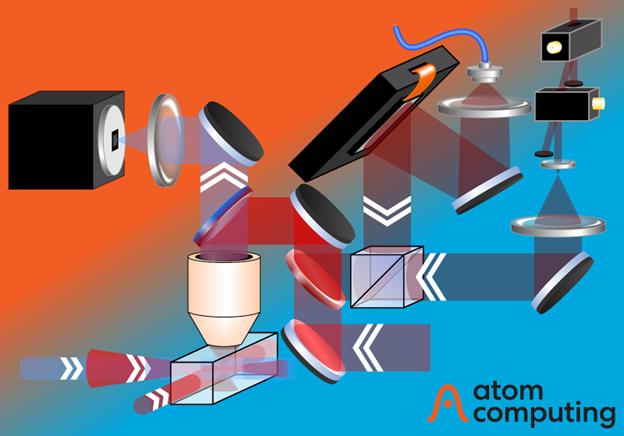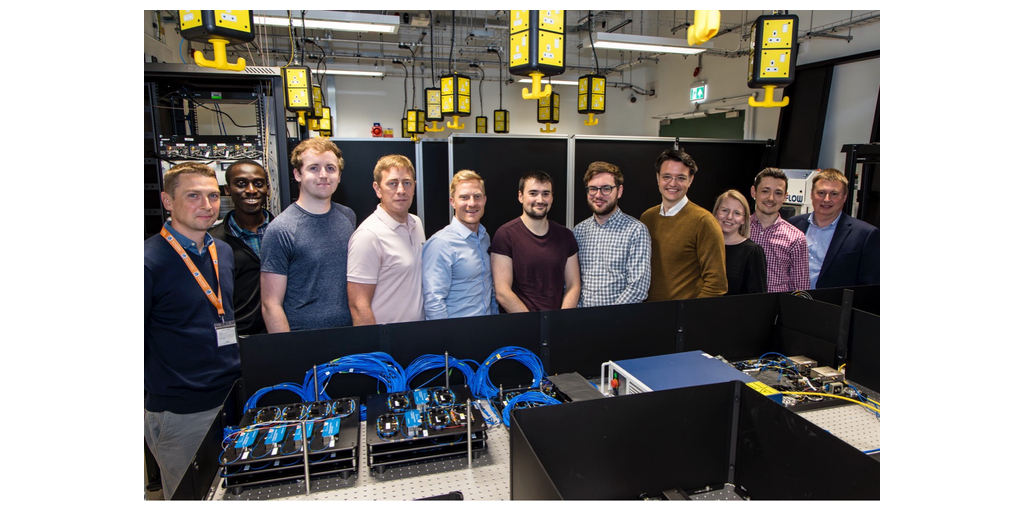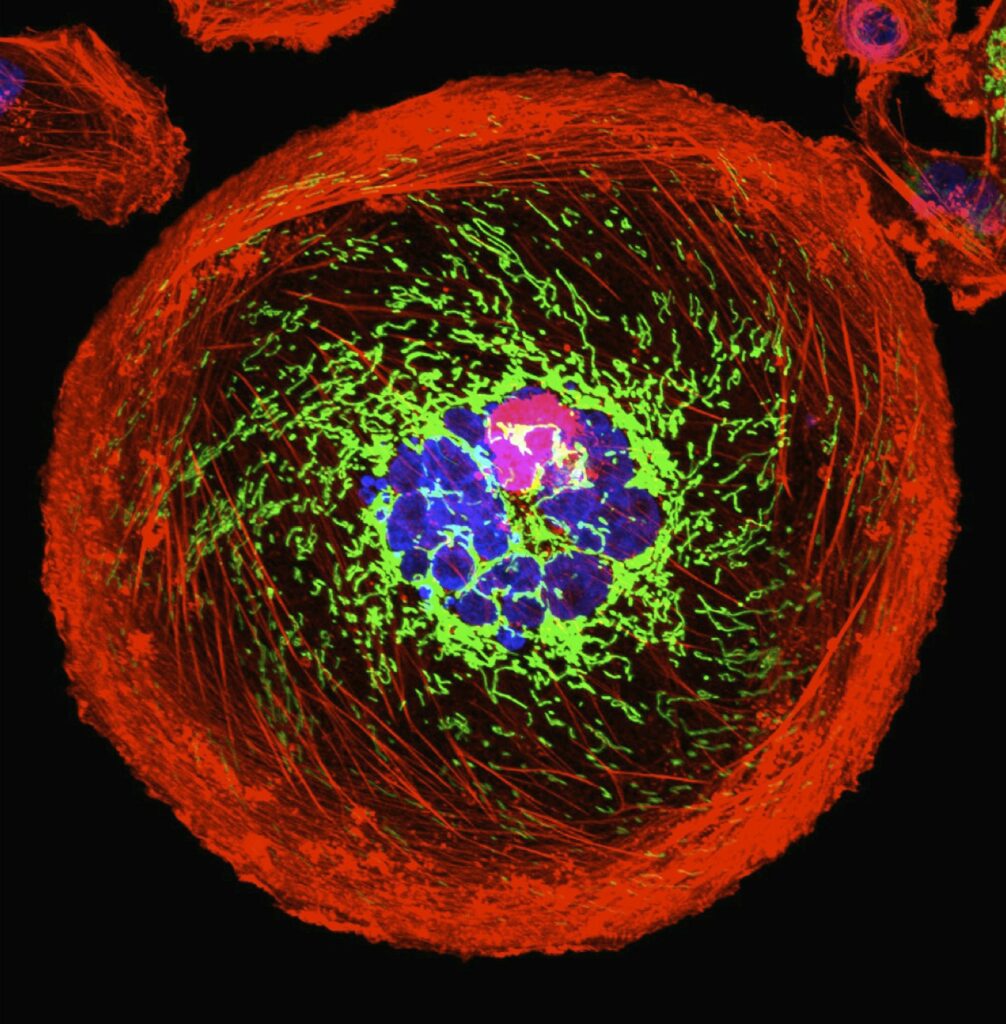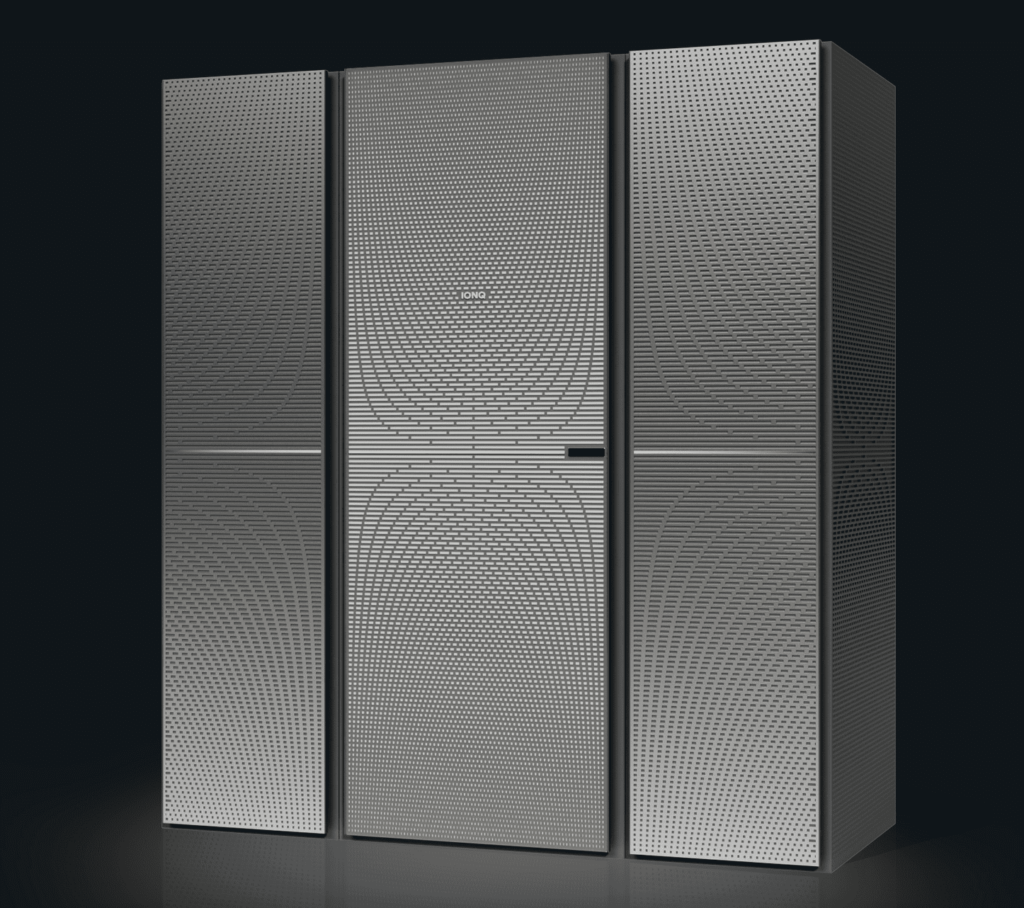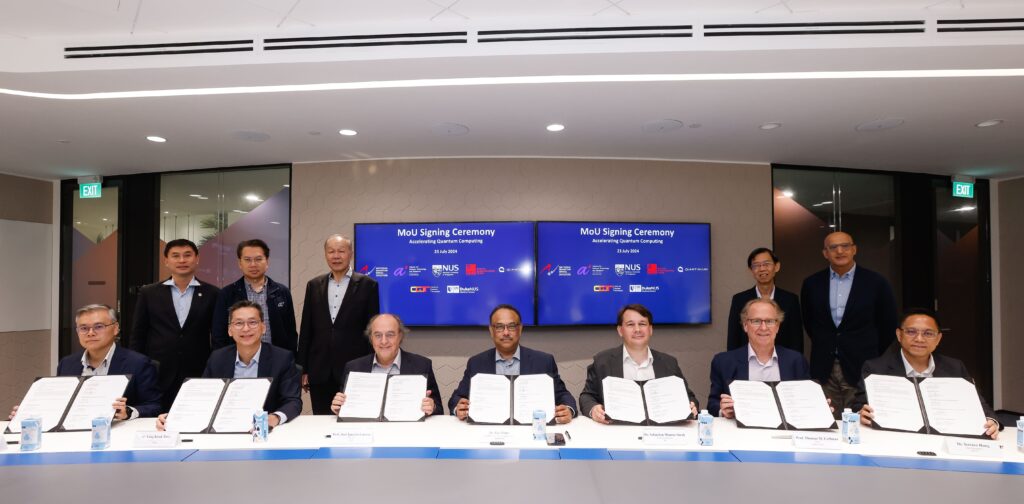Think of qubits as delicate geniuses who need perfect quiet and isolation to do their best work. The slightest disturbance — a gabby co-worker, or, in the case of qubits, an annoying cosmic ray or magnetic field — can throw off their concentration and destroy their ability to get work done.
For quantum scientists, keeping a qubit in that splendid isolation is called coherence — and the longer they can keep qubits in coherence, the better the chance that the infinite genius of qubits can be tapped to perform useful calculations.
A team of researchers from Atom Computing now reports record coherence times for their quantum computer, dubbed Phoenix.
In a study published recently in Nature Communications, the team observed coherence in excess of 100,000 times the current length of the operations. Coherence, which refers to how long a qubit maintains its quantum state or encoded information, is an important step in developing useful quantum computers, according to the Atom Computing blog.
Longer coherence times offer several advantages for quantum computers, according to the team.

“It’s important because longer coherence times mean fewer limitations on running deep circuits, and error-correction schemes have more time to detect and correct errors through mid-circuit measurements,” they added.
In what’s referred to in quantum computing parlance as a neutral atom modality, the Phoenix encodes quantum information — the qubit states |0> and |1> — in two of the nuclear spin states of a single, uncharged strontium atom. This type of encoding offers two key advantages, according to the researchers.
The first advantage of nuclear spin states is, because both qubit states exist in the electronic ground state, the time it takes for one state to spontaneously decay to the other is effectively infinite. Secondly, because the qubit states have such similar energies, they are nearly identically affected by external fields.
“This means that perturbations, such as those induced by externally applied trapping light, will affect both qubit states in the same way,” the researchers state. “Because these perturbations are common-mode, they do not impact the system’s overall coherence – a feature which fundamentally enables our world-record coherence times.”
While more work is necessary, the paper covers several technological steps forward in the the construction of a large-scale, commercial quantum computer including: the aforementioned long coherence times, along with the ability to drive arbitrary single qubit operations across large portions of the array in parallel and the ability to trap 100+ qubits, which they believe can be dramatically increased in the future.
“As we develop our second-generation quantum computers, we will build on the proven architecture and successes demonstrated on Phoenix to scale up to systems with fidelities and qubit numbers high enough to solve problems that cannot be solved with classical computers,” the researchers state.
Atom Computing’s research team for the project includes: Katrina Barnes, Peter Battaglino, Benjamin J. Bloom, Kayleigh Cassella, Robin Coxe, Nicole Crisosto, Jonathan P. King, Stanimir S. Kondov, Krish Kotru, Stuart C. Larsen, Joseph Lauigan, Brian J. Lester, Mickey McDonald, Eli Megidish, Sandeep Narayanaswami, Ciro Nishiguchi, Remy Notermans, Lucas S. Peng, Albert Ryou, Tsung-Yao Wu and Michael Yarwood.
Read more:
- 6 Companies Working With Photonic Quantum Computing Technology in 2022
- 13 Companies Offering Quantum Cloud Computing Software Solutions
- Top 35 Open Source Quantum Computing Tools [2022]
For more market insights, check out our latest quantum computing news here.


